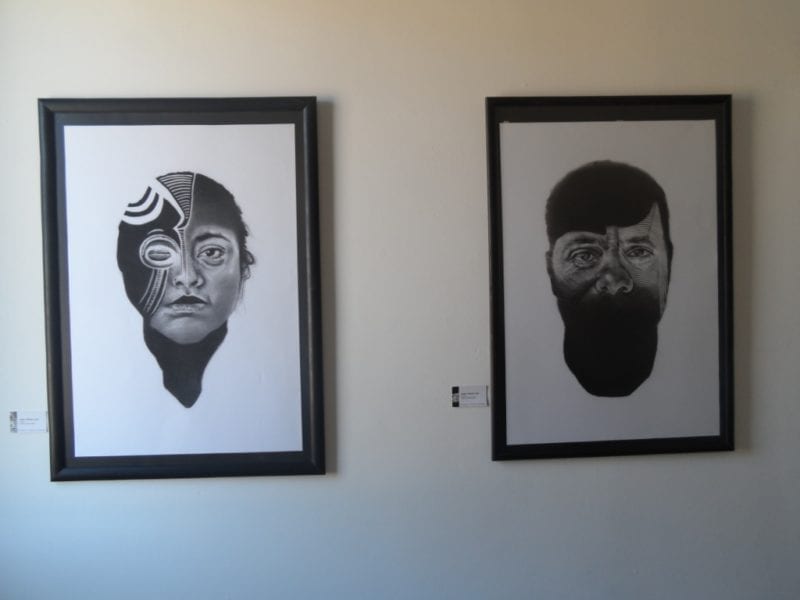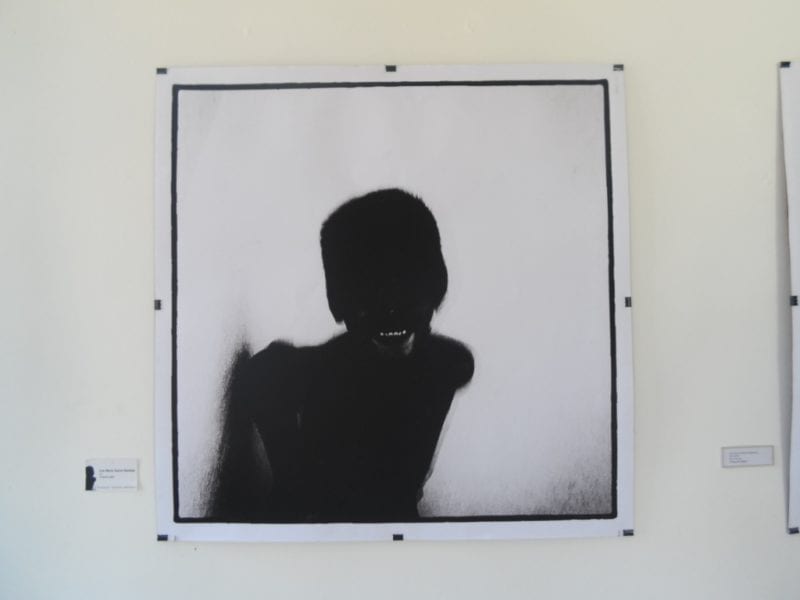Mexico’s Third Root
Yanelys Nuñez Leyva

HAVANA TIMES — I don’t want to miss this opportunity to write about one of the exhibitions held at Espacio Abierto, the gallery where I work before the August break.
I want to comment on this exhibition not so much because the artists involved are Mexican (or because of the formal inventiveness of the pieces, the wide range of authors and styles) but because of the conceptual basis of the exhibition.
The issue addressed by La tercera raiz (“The Third Root”), which tackles the impact that African traditions have had on Mexican culture, was something I knew nothing about. The two other roots, the indigenous and Spanish ones, were rather familiar notions for me.
Meeting with artists such as Luz Aldape, Isabel Jimenez, Viridiana Diaz, Angeles Figueroa, Rossana Beverido, Ricardo Mendizabal, Cecilia Burgos, Dolores Medel, Luis M. Quiroz, Juan C. Reyes, Luz del Carmen Aldape and Lizbeth Nolasco, who defend this posture of cultural resistance from their different positions (including as professors at a university), was therefore highly emotive for me.

Three large-format tapestries representing Mexico’s three roots welcomed the public during the opening of the exhibition this past July 3. There, gallery-goers were presented with photographs, drawings and paintings, most of them showing human figures, the mute presences of one of the main foundations of the Mexican nation.
Most of these pieces were portraits that addressed the viewer, all of them highlighting African features: the hair, eyes, nose and lips of the figures were laid bare to reveal the hybrid characteristics of Mexico’s mixed-race heritage.
After presenting us with a racially important component of Mexico’s complex ethnic tapestry, the exhibition curators, Isabel Jimenez and Francisco Clavijo, shared some ideas surrounding the concepts of collective and individual identity, inviting those in attendance to future gatherings, gatherings I hope we’ll see in Cuba again.






Yanelys, there is not a single country in Latin America – including all the countries of South America – that did not receive enslaved Africans! Just as unknown as the Afro-Mexicans are: Afro-Bolivians, Afro-Chilenos, Afro-Argentinos, Afro-Uruguayos… and I am sure you already know about the Afro-Brazilians and Afro-Colombians.
Only the native Afro-Argentine population is so reduced that it is somewhat vanishing but nevertheless there is a new afro-diaspora of immigrants from West African countries such as Cape Verde. The famous Argentine reggae star, Fidel Nadal is an Afro-Argentine who traces his historic family roots to Angola. And as Evo Morales once pointed out rhetorically to US President Obama, there was an Afro-Bolivian in his cabinet. President Correa of Ecuador’s first Minister of Culture was the Afro-Ecuadorian poet and academic, Antonio Preciado (http://antonio-preciado.blogspot.com/).
If you or any readers want to find out more, just “google” around or search on Youtube. There are many videos and Wikipedia has many excellently researched
pages on the subject.